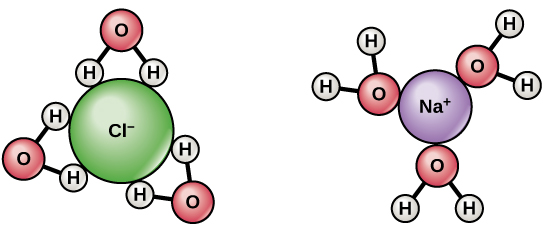
Why is Oil non-polar?
Oil is a pure hydrocarbon which is said to be non-polar. The oil molecules have Vanderwaals forces (London forces and dipole-dipole forces) of attraction between them. A non-polar molecule has the electrons equally distributed all along the molecule and do not concentrate them at the end of the molecule. The opposite ends of the non-polar molecule do not possess abundant charges. Hence, most of the hydrocarbons are considered non-polar as they do not have any abundant charge at its opposite ends. Polar molecules dissolve polar molecules only and non-polar molecules get dissolved in non-polar solvent. Water is a polar compound and oil is non-polar. So, water cannot mix with oil as polar and non-polar liquids do not mix with each other to form a solution.
A non-polar compound results, if the electron sharing between the two different atoms is equal. Non-polar molecules are formed in two ways. One way is, electrons share equally between two identical atoms and combine to form a non-polar molecule. Another way is, when two or more atoms with almost similar electro negativities combine to form non-polar molecule. The non-polar molecules are symmetrical. The polar bonds present in a non-polar molecule may not form permanent dipole. This is because the other polar bonds cancel each other. The vector sum of all the dipoles is equal to zero in non-polar molecule.
Oil is non-polar as it follows the three characteristic features of non-polar molecules. Oil has electrons equally distributed between the combining atoms. Oil does not have separation of charges and oil molecules are symmetrical. All these non-polar molecular properties are satisfied by oil and hence oil is non-polar. Oil is non-polar as it consists of non-polar bonds which connect atoms having similar electro negativities and with net dipole.











Leave a Reply